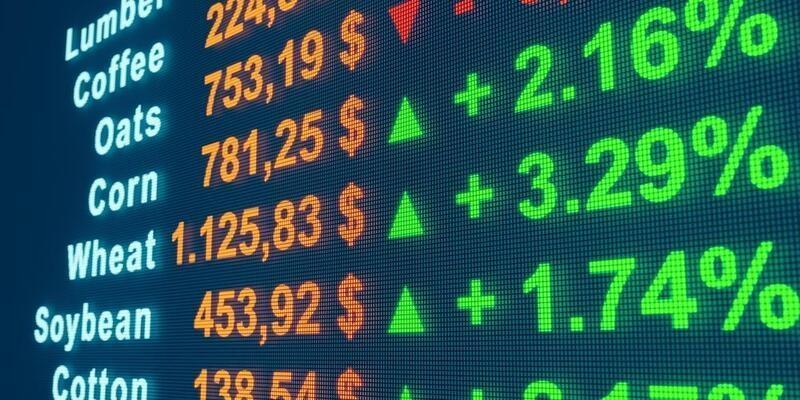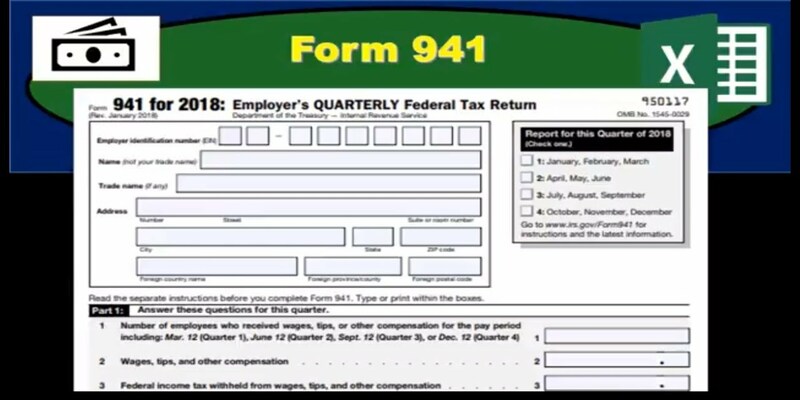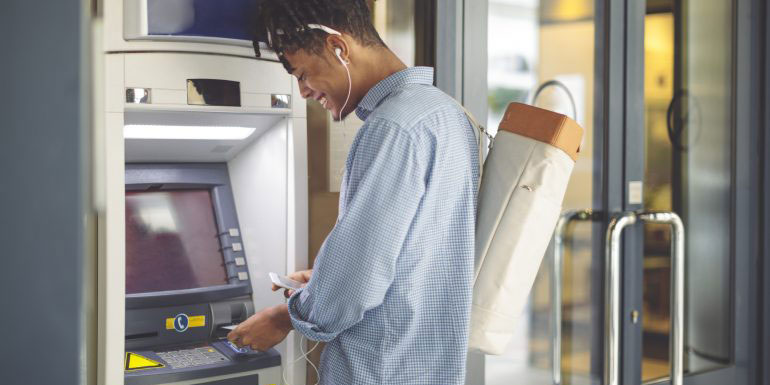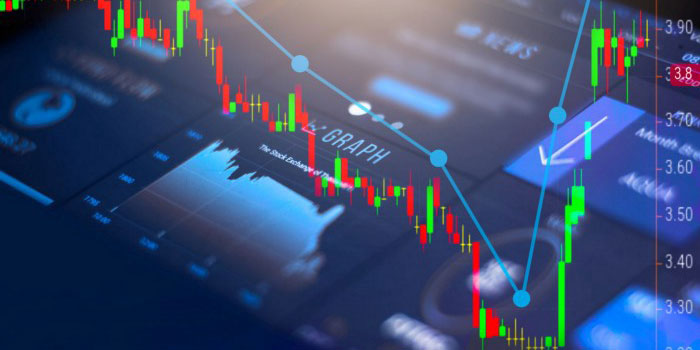How To Trade Commodities To Protect Against Inflation
Oct 26, 2023 By Triston Martin
Inflation is when prices keep going up over time. This makes cashless valuable because it can't buy as much. As inflation makes money less valuable, investors may look for ways to protect their portfolios from inflation's harmful effects. One way to deal with inflation is to invest in commodities, tangible assets that can keep their value. Commodities are raw materials or primary agricultural products that can be bought and sold on commodity exchanges. They include precious metals, energy, farm goods, and metals used in industry. These assets have value on their own, and because their prices tend to go up when inflation is high, they can be used as a hedge against inflation. Investing in precious metals like gold and silver could be a way to trade commodities and protect yourself from inflation. In the past, these metals have been used as a way to save money during times of economic instability and price increases.
Purchasing Precious Metals
Precious metals are rare and valuable metals with a high economic value because they are beautiful and can be used in industry. Gold and silver are the most commonly traded precious metals. Platinum and palladium come in second and third.
Historical Performance Of Precious Metals During Inflationary Periods
Historically, precious metals have been considered a haven investment during economic uncertainty and inflation. This is because they tend to maintain their value even when other assets, such as stocks and bonds, are losing weight. For example, during the inflationary period of the 1970s, the price of gold increased by over 1,800%.
Factors That Impact The Price Of Precious Metals
The price of precious metals is impacted by several factors, including:
- Economic and political uncertainty
- Interest rates and inflation expectations
- Supply and demand dynamics
- Currency fluctuations
- Geopolitical tensions
Different Ways To Invest In Precious Metals:
Investing in precious metals has several ways, including physical ownership, ETFs, and mining stocks.
Physical Ownership
Investors can buy physical gold or silver in the form of coins or bullion. This method allows investors to directly own the metal, which can be stored at home or in a secure location. However, there are storage and insurance costs associated with this method.
ETFs
Exchange-traded funds (ETFs) are a popular way to invest in precious metals. These funds hold physical gold or silver, allowing investors to trade them on the stock exchange. ETFs expose investors to the underlying commodity without needing physical ownership or storage costs.
Mining Stocks
Investors can also invest in mining stocks, which are shares of companies that extract and sell precious metals. This method exposes investors to the commodity and the potential for capital gains from the mining company's performance.
Risks Associated With Investing In Precious Metals

Investing in precious metals is not without risks. Some of the risks associated with investing in precious metals include the following:
- Price volatility
- Liquidity risk
- Counterparty risk
- Storage and security risks (for physical ownership)
- Mining risks (for mining stocks)
- Investing in Agricultural Commodities
Definition Of Agricultural Commodities
Agricultural commodities are raw materials produced by farmers, including crops such as wheat, corn, soybeans, cotton, and livestock such as cattle and hogs.
Agriculture's Inflationary Performance
Agricultural commodities have historically performed well during inflationary periods. This is because rising prices can increase demand for these commodities, increasing prices even further. For example, during the inflationary period of the 1970s, the cost of wheat increased by over 700%.
Factors That Impact The Price Of Agricultural Commodities

The price of agricultural commodities is impacted by several factors, including:
- Weather conditions and natural disasters
- Supply and demand dynamics
- Government policies and regulations
- Exchange rates
- Ethanol and biofuels demand
- Different Ways to Invest in Agricultural Commodities:
- Investors can invest in agricultural commodities through futures contracts, ETFs, or stocks.
Futures Contracts
Futures contracts are agreements to buy or sell a specific quantity of a commodity at a future date and price. Futures contracts are a popular way to invest in agricultural commodities as they provide direct exposure to the item.
ETFs
ETFs that track agricultural commodities are another way to invest in this asset class. These funds hold a portfolio of farm commodities and allow investors to trade them on the stock exchange.
Stocks
Investors can also invest in agriculture-related stocks like seed companies, fertilizer manufacturers, and equipment suppliers. These stocks provide exposure to the agricultural sector and can offer diversification benefits to a portfolio.
Conclusion
Investing in commodities is a popular way to hedge against inflation, as their prices tend to rise during periods of inflation. Precious metals, agricultural commodities, and energy commodities are popular commodities to invest in. However, investing in commodities is not without risks, and investors should carefully consider their investment objectives and risk tolerance before investing in this asset class. Additionally, investors should seek the advice of a financial advisor before making any investment decisions.
-
 Investment Dec 23, 2023
Investment Dec 23, 2023Understanding Portfolio Beta
The Beta Formula is a crucial tool for investors to calculate the volatility of a stock in relation to the overall market. It's determined by comparing a stock's returns to a benchmark index such as the S and P 500. The Beta Formula helps decode how much a stock's price is likely to fluctuate compared to the market. A Beta of 1.0 signals that a stock's volatility matches the market, while a higher Beta indicates more volatility, and a lower Beta points to less.
-
 Taxes Jan 27, 2024
Taxes Jan 27, 2024What You Need To Know About IRS Form 941
A crucial tax form for businesses is IRS Form 941, the Employer's Quarterly Tax Form. Most U.S. employers are obliged to submit quarterly federal tax returns, except for individuals who only do so once a year. Businesses with employees are required to submit federal withholdings from employees on Form 941.
-
 Banking Oct 30, 2023
Banking Oct 30, 2023Popular Direct Bank
Popular Direct is an online bank that offers attractive yearly percentage rates but has stringent requirements for the minimum amounts that customers must maintain.
-
 Investment Dec 31, 2023
Investment Dec 31, 2023Day Trend Analysis Using Bollinger Bands
A trading technique called Bollinger Bands® is used to choose when to enter and quit a transaction. Overbought and oversold conditions are frequently identified using the bands. Trading exclusively with the bands is a risky strategy because the indicator only considers price and volatility while ignoring many other important data. The relatively straightforward Bollinger Bands® trading tool is well-liked by both professional and retail traders
